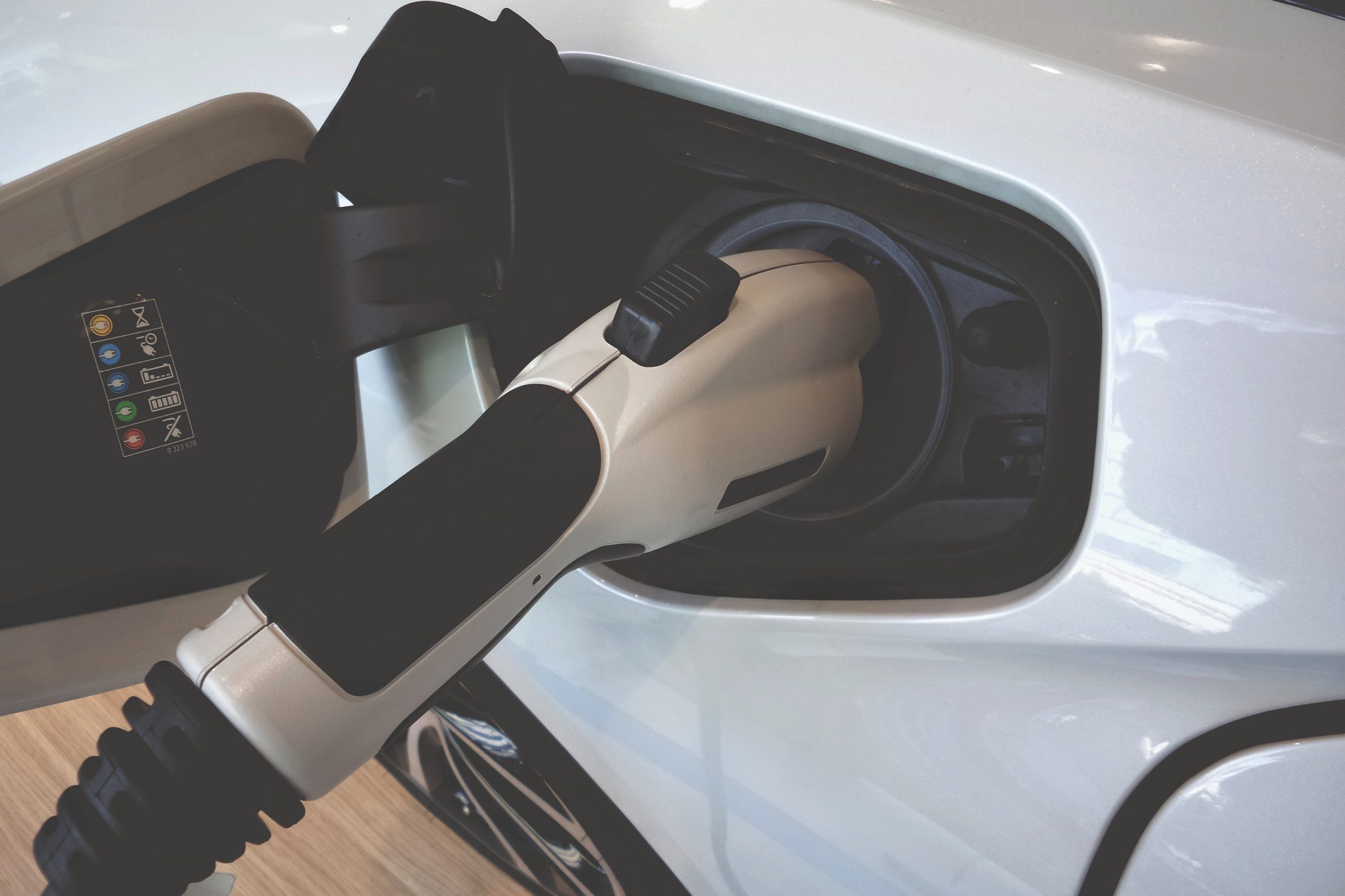Battery mineral processing is a hot topic in Australia and around the world. A multibillion-dollar battery minerals processing industry is emerging, with global investments already being made in battery-grade lithium hydroxide and nickel sulphate plants.
While the mining industry already has sophisticated minerals processing systems in place, conventional battery minerals conveying equipment struggles to meet the advanced processing requirements, including lithium hydroxide monohydrate (LiOH.H2O) and nickel sulphate hexahydrate (NiSO4·6H2O).
LIthium hydroxide monohydrate material characteristics
- Bulk density: 800-1000 kg/m3
- Moisture content: Less than 0.1%
- Temperature: Maximum of 60 degrees centigrade
- Particle size: (dependent on supplier)
- P50: 400-600 micron
- P100: 2000 micron
- Angle of repose for conveying: 30-45 degrees
Conveying systems used in mining and chemical processing
Miners face contamination requirements in the parts-per-billion (ppb) range for battery minerals processing. Achieving optimal value requires new consideration for how powder handling is performed in mining. Here is a quick breakdown for the top contenders.
Pneumatic conveying
Pneumatic conveyors come in two common designs: lean/dilute and dense. Both are energy intensive because they use pressure or blowers/fans to move materials.
Lean/dilute conveyors are not suitable for battery minerals due to:
- Air exposure
- High velocity conveying which leads to product degradation
- Filtration and separation requirements are unworkable for the fines which can be up to 5-10 micron.
Dense conveyors are somewhat suitable for gentle, low-velocity transfer of battery minerals because the material is moved in slugs. While offering better options than the lean/dilute phase for battery minerals conveying, dense phase pneumatic conveyors are still problematic due to:
- High CAPEX and OPEX costs
- Fine powders become captured in dust reclaim, leading to material contamination and lost materials cost
- Blockages are difficult to clear
- Installing and commissioning are complex
- Ongoing abrasion of pipe walls and elbows.
Bucket elevators
Especially good for vertical elevations, bucket elevators can be fully enclosed to reduce the threat of contamination. They are known for reliability, high availability and gentle materials handling. Plastic buckets can be used for battery minerals handling to avoid ferrous contamination. Issues to consider include:
- Difficulties bringing back online after a breakdown
- Worker’s health and safety concerns due to chemical dust and residue exposure
- Residue and spillage of fine powders leads to lost product cost
- Not suited to fine powders
- Difficult to seal from atmospheric exposure
- Many moving parts inside the machine lead to contamination risk and added maintenance
- Difficult to use over complex routes.
Tubular drag conveyors (TDC)
TDCs come in two styles: Chain/link variant and lighter gauge cable variant. TDCs are a gentle method of conveying and are able to span a myriad of complex routes. They are relatively easy to purge with inert gases and highly reliable when specified correctly.
Chain or link drag conveyors are not suitable for battery minerals conveying due to a high risk of iron contamination.
Cable drag conveyors from OEMs who are experienced with hygienic applications are suitable for battery minerals powder handling. Benefits are similar to the AMC method of conveying. Additional benefits include:
- Long, multiplane and complex routes are possible
- Low to medium throughputs support multiple discharge points in the process line.
Aero-mechanical conveyors (AMC)
The AMC is known for high reliability, high availability and little or no contamination risk due to its fully enclosed system. It is one of the easiest technologies to integrate directly with other interfaces, upstream/downstream equipment, and process line technology.
How the AMC method of conveying works:
A high-efficiency motor drives an internally circulating rope assembly in the conveying tubes at high speed. A low-pressure air pocket is created behind each disc on the rope assembly. Battery minerals are introduced into the feed housing and accelerated into the conveying tubes by the rope assembly. A fluidising motion suspends battery minerals in the air pockets and the minerals are drawn rapidly but gently to the discharge point, with minimal contact.
The AMC method of conveying is highly suitable for battery minerals conveying for a variety of reasons, including:
- Gentle handling does not degrade the crystalline structure of LiOH.H2O or NiSO4·6H2O
- Very high throughputs can be handled
- Sealed from atmospheric exposure and can be purged with inert gases
- Total batch transfers result in no spillage or product loss
- Quick maintenance turnaround, with very limited product exposure
- Very little product retention after air-purge cleaning
- High availability due to minimal number of moving parts
- Extremely low ESG impact of CO2 pollution, especially compared to pneumatic conveyors
- Polymer-coated conveying cables reduce ferrous contact with LiOH.H2O and other battery minerals.
Additional insight into battery minerals conveying technologies
Download our Conveying Technologies Comparison Poster for a snapshot of the pros, cons, suitability, CAPEX, and ESG ratings for each method of conveying used in mining and chemical processing applications.
Read our case study on battery-grade nickel sulphate hexahydrate processing.
For more information on machinery and process line technology for battery minerals conveying, get in touch with us. As powder handling specialists, Floveyor has optimised bulk materials handling for battery minerals used in EV batteries, including lithium, nickel, and cobalt.

